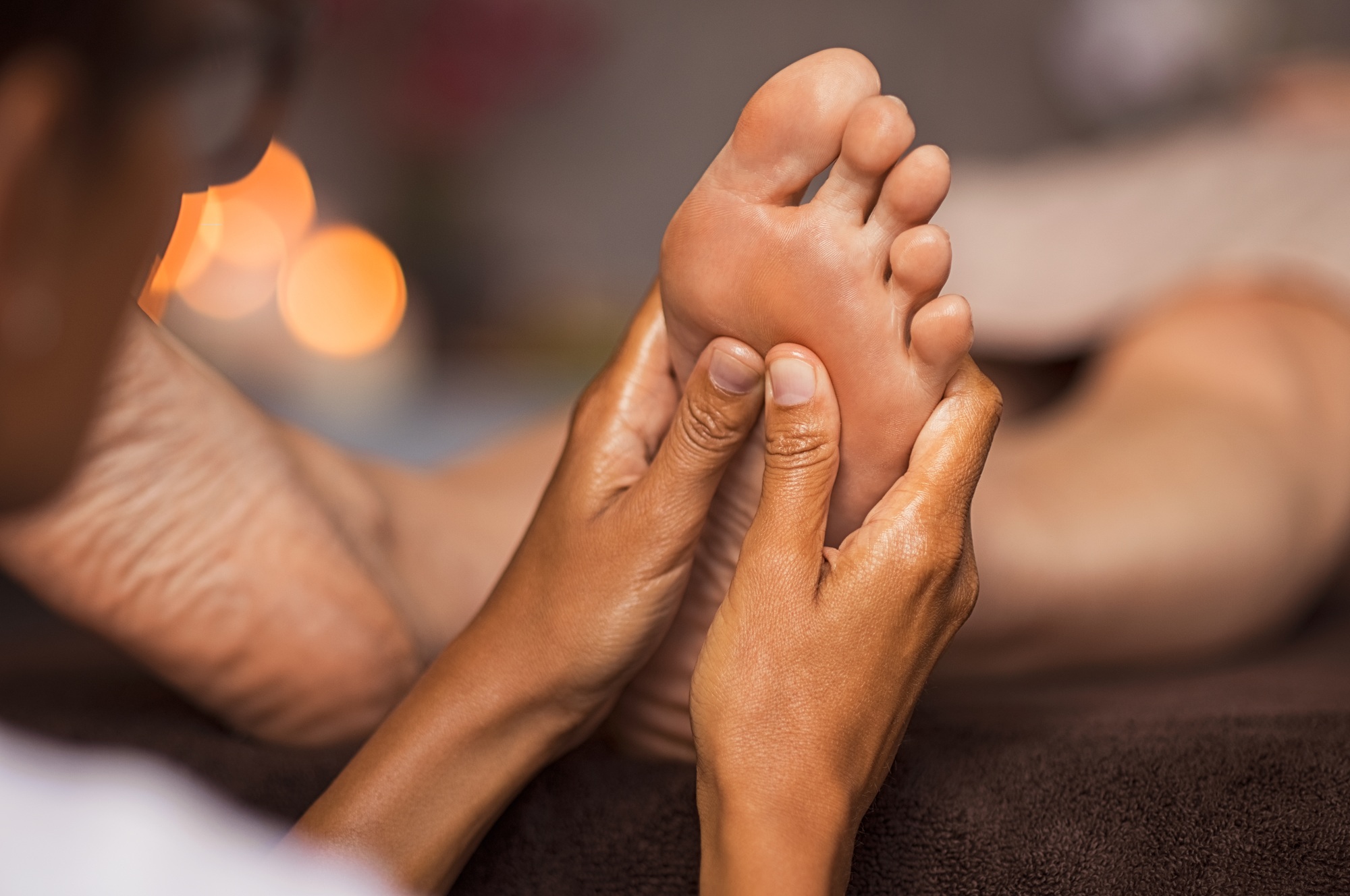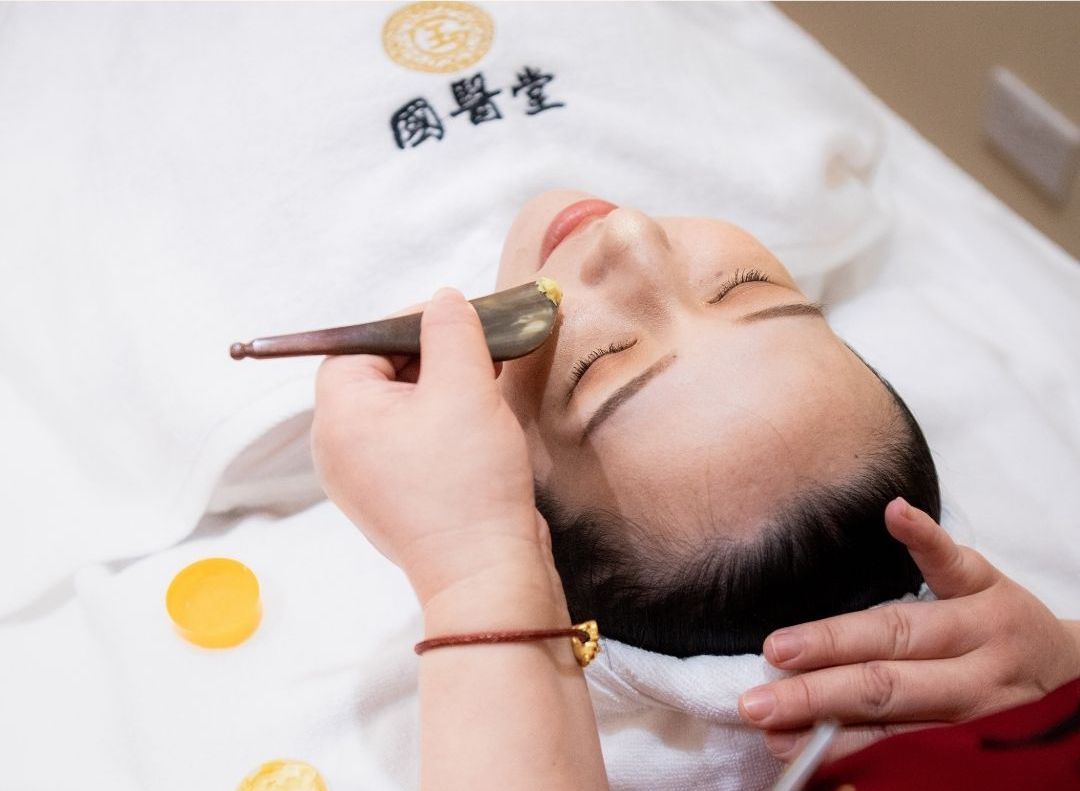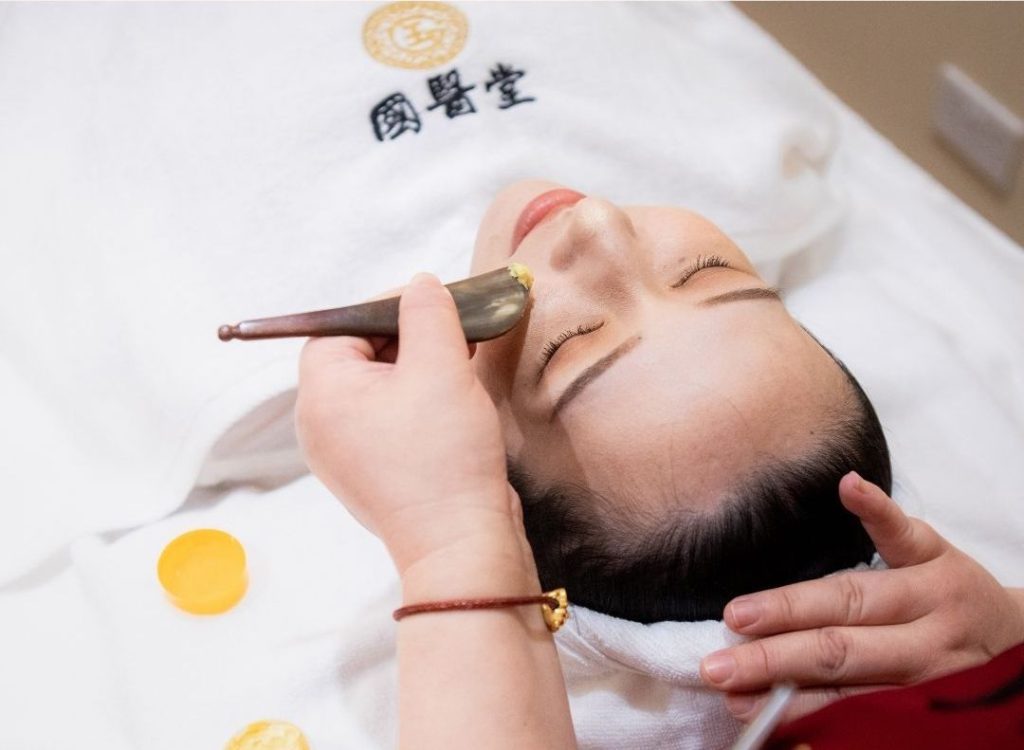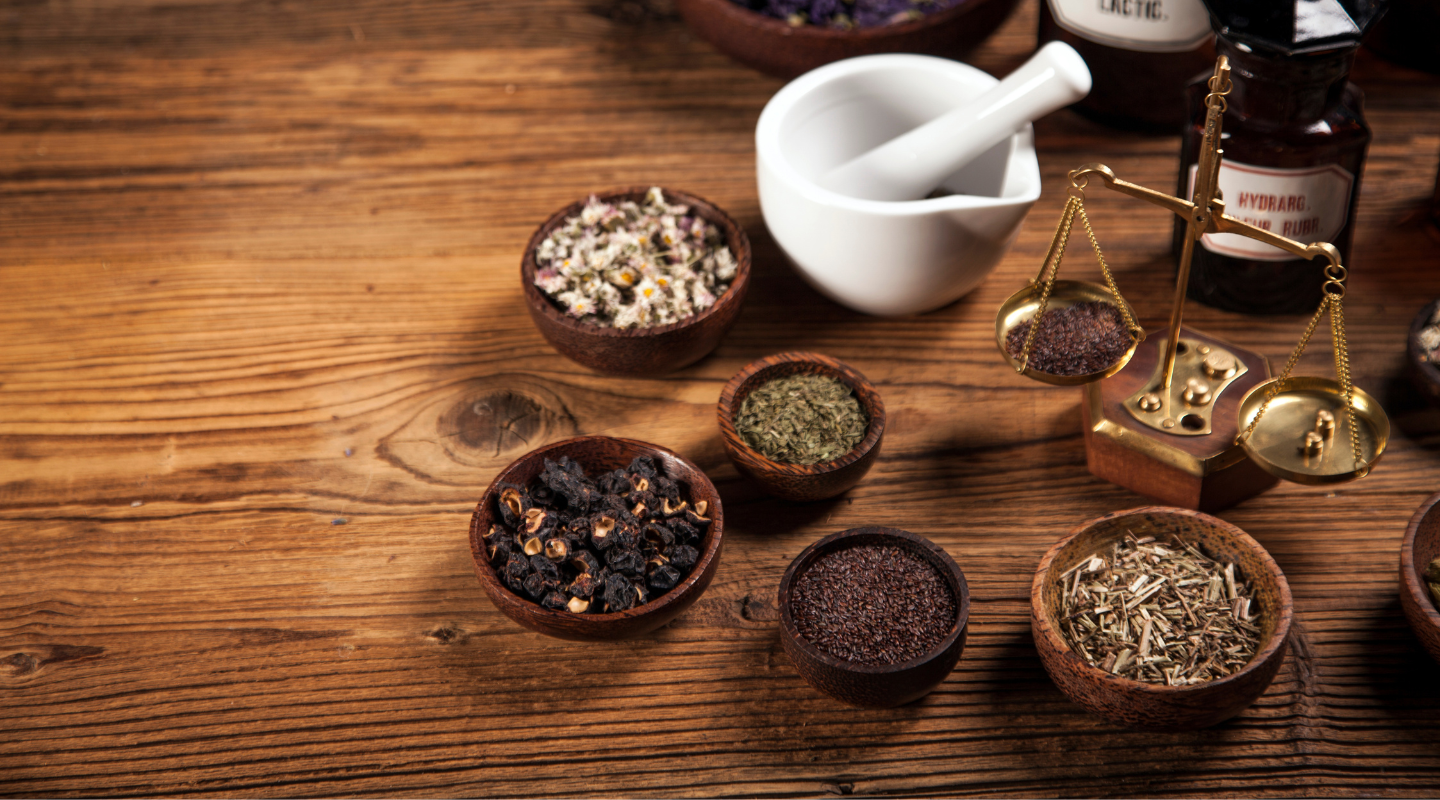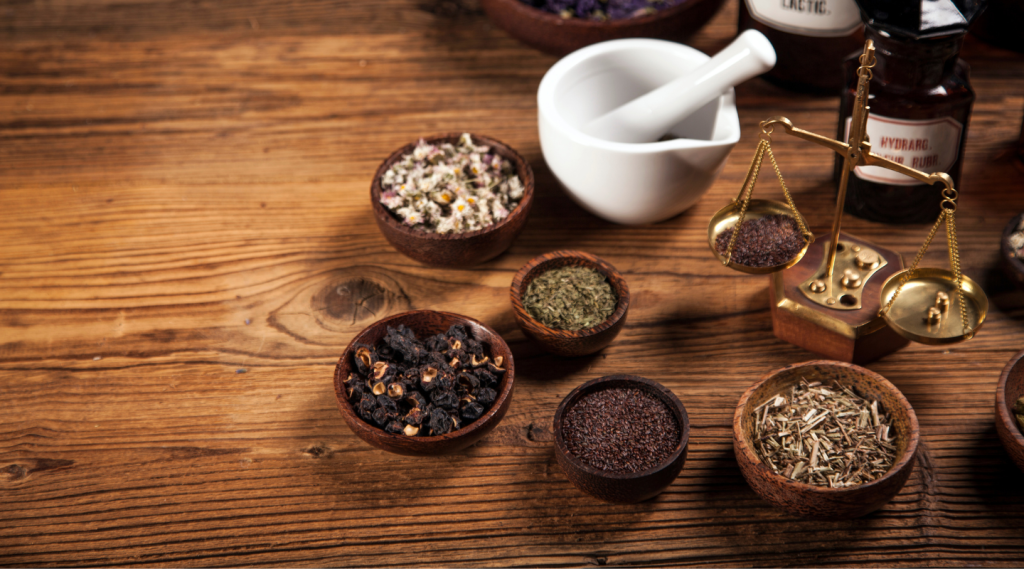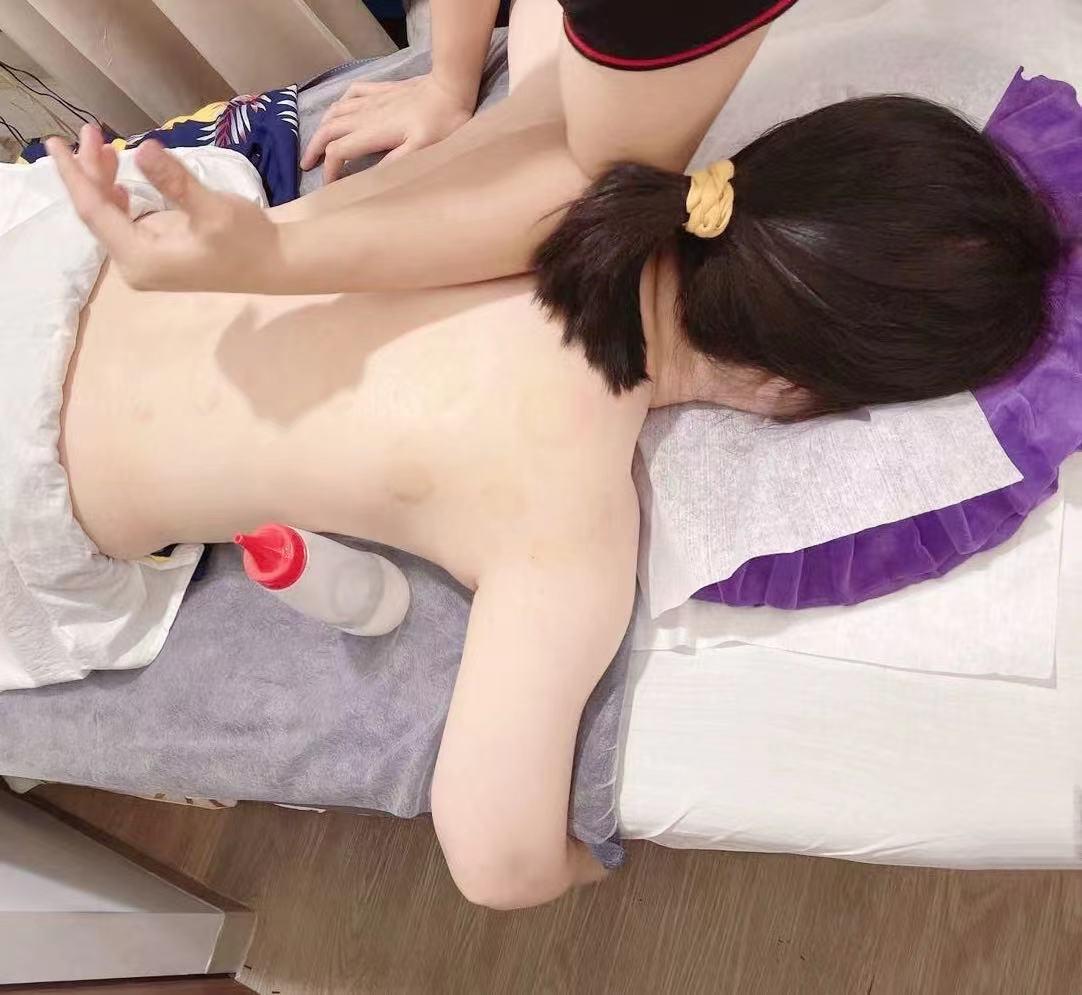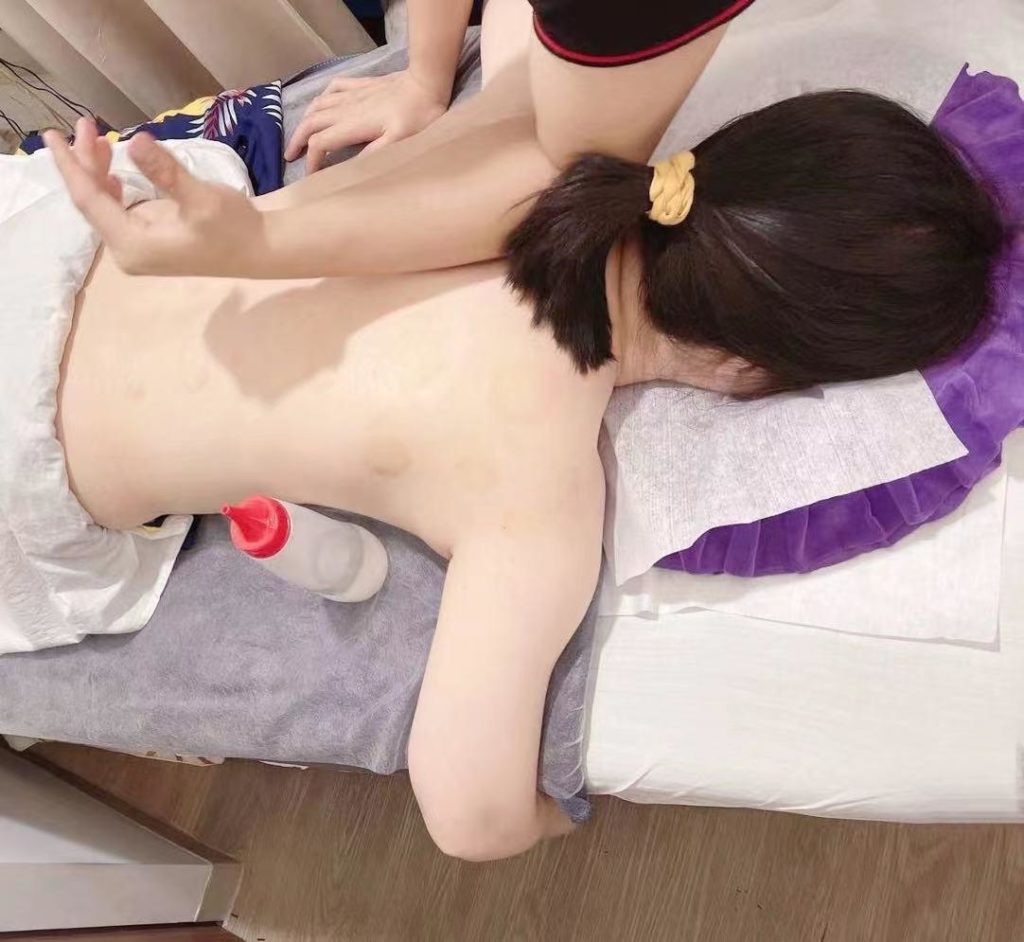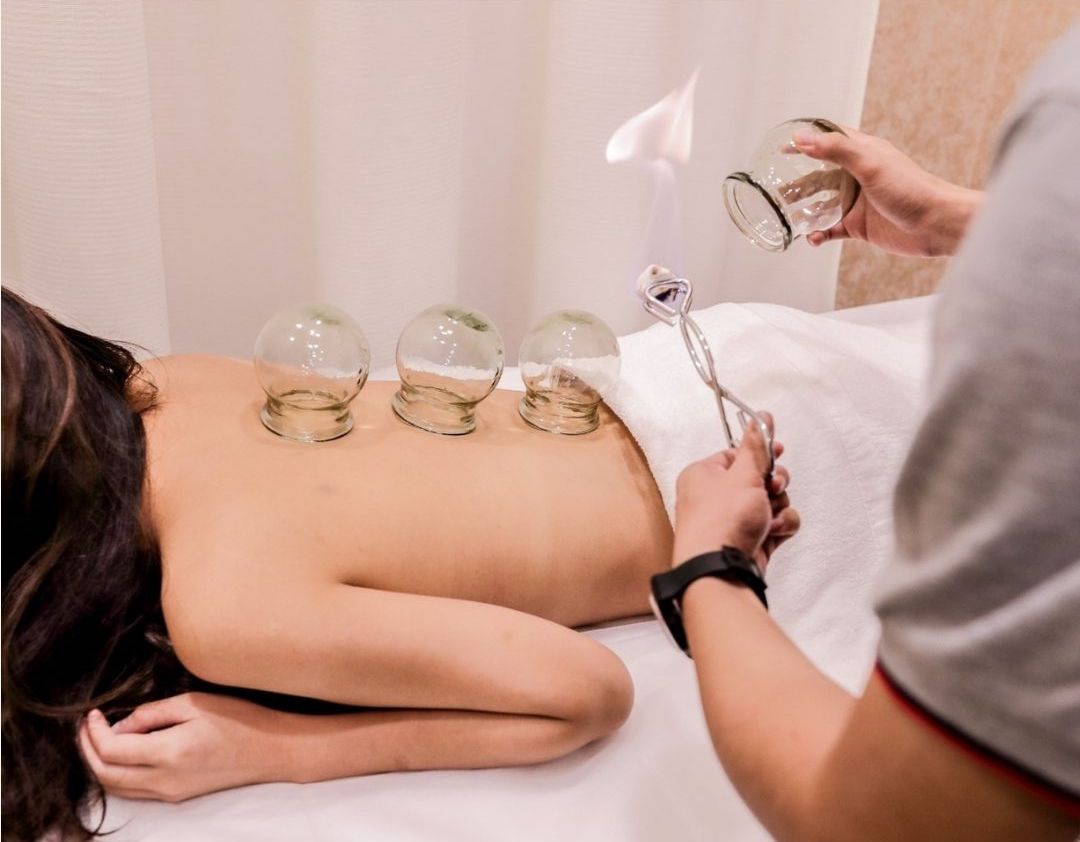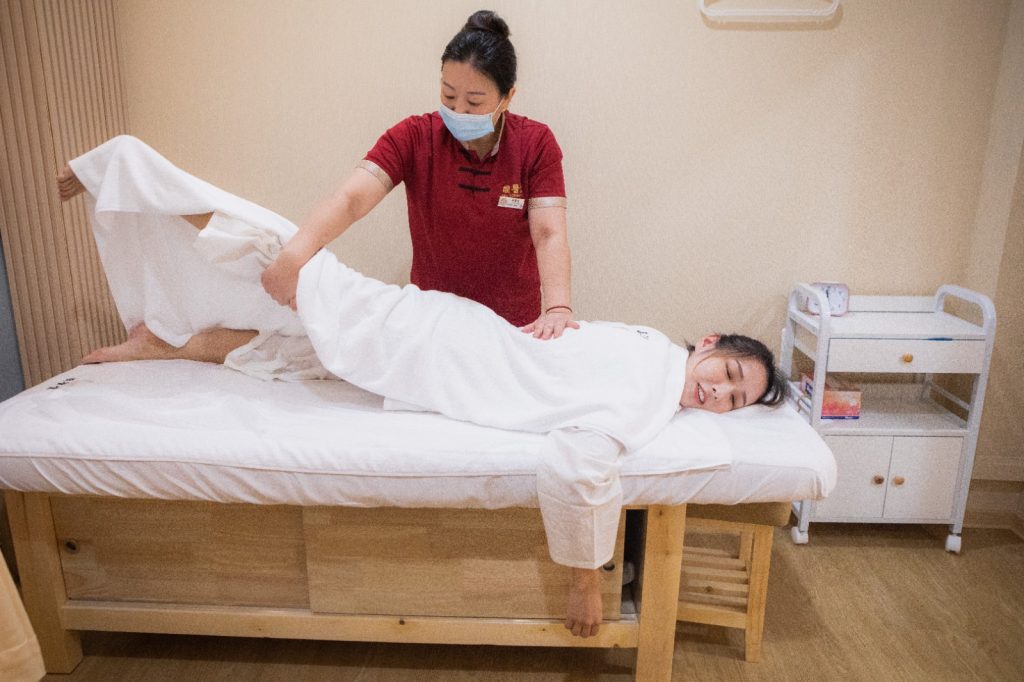Unlocking Wellness: The Role of Tuina in TCM for Natural Healing
Embracing the Role of Tuina in TCM
When we talk about Traditional Chinese Medicine, it’s impossible to overlook the role of Tuina in TCM as one of its most practical and accessible healing modalities. We recognize Tuina not just as a massage, but as a therapeutic approach that combines centuries of wisdom with techniques designed to restore balance in the body. By exploring its role, we open ourselves to a better understanding of how TCM helps us maintain health naturally.
What Exactly Is Tuina?
Tuina (pronounced “twee-nah”) is an ancient form of Chinese therapeutic massage that focuses on stimulating the flow of Qi, or vital energy. Unlike Western massage, Tuina is not solely about relaxation. Instead, it works on meridian pathways, acupressure points, and specific muscular regions to address underlying imbalances. Through its holistic techniques, we can encourage circulation, reduce blockages, and bring harmony between body and mind.
The Philosophy Behind Tuina
In Traditional Chinese Medicine, health is seen as the result of harmony between Yin and Yang, as well as the smooth flow of Qi and blood throughout the body. Tuina embodies this philosophy. By applying pressure, stretching, and rhythmic movements, we can help regulate energy and restore balance. This approach aligns with the central goal of TCM , not only treating symptoms but addressing their root causes.
Benefits of Tuina in Daily Life
Pain Relief and Muscle Recovery
We can turn to Tuina to relieve chronic pain, back stiffness, and even sports-related injuries. By targeting deep tissues and acupressure points, Tuina helps relax tense muscles, enhance recovery, and reduce inflammation.
Stress Reduction and Mental Clarity
Beyond physical health, Tuina also helps calm the nervous system. When we allow energy to circulate freely, we often experience better sleep, reduced anxiety, and improved focus in our daily lives.
Digestive and Respiratory Support
One of the less commonly discussed benefits is Tuina’s effect on digestion and respiratory health. Techniques around the abdomen can improve gastrointestinal function, while chest-focused massage may relieve congestion and support breathing.
The Role of Tuina in TCM Preventive Care
One of the most powerful aspects of Tuina is its preventive value. Rather than waiting until illness strikes, we can use Tuina as a way to maintain wellness. Regular sessions help keep our energy flowing, minimize stress buildup, and strengthen our natural defenses. This proactive approach reflects the broader TCM belief that prevention is just as important as treatment.
How Tuina Differs from Other Therapies
Unlike acupuncture, which uses needles, or herbal remedies, which focus on internal nourishment, Tuina is hands-on and immediate. We benefit from direct physical touch, which not only heals but also builds a deeper connection between practitioner and patient. This distinction makes Tuina an ideal complement to other TCM therapies, working together to support overall wellness.
Modern Applications of Tuina
Today, Tuina is practiced globally and increasingly integrated into wellness routines. Athletes rely on it for faster recovery, office workers use it to manage posture-related discomfort, and families turn to it for natural remedies against common ailments. We can see how Tuina bridges ancient wisdom with modern needs, proving its relevance across cultures and lifestyles.
Combining Tuina with Other TCM Approaches
Tuina rarely works in isolation. When combined with acupuncture, herbal medicine, or cupping therapy, its benefits expand significantly. For instance, pairing Tuina with herbal remedies can address both external and internal imbalances. By integrating different TCM approaches, we create a comprehensive strategy for healing and longevity.
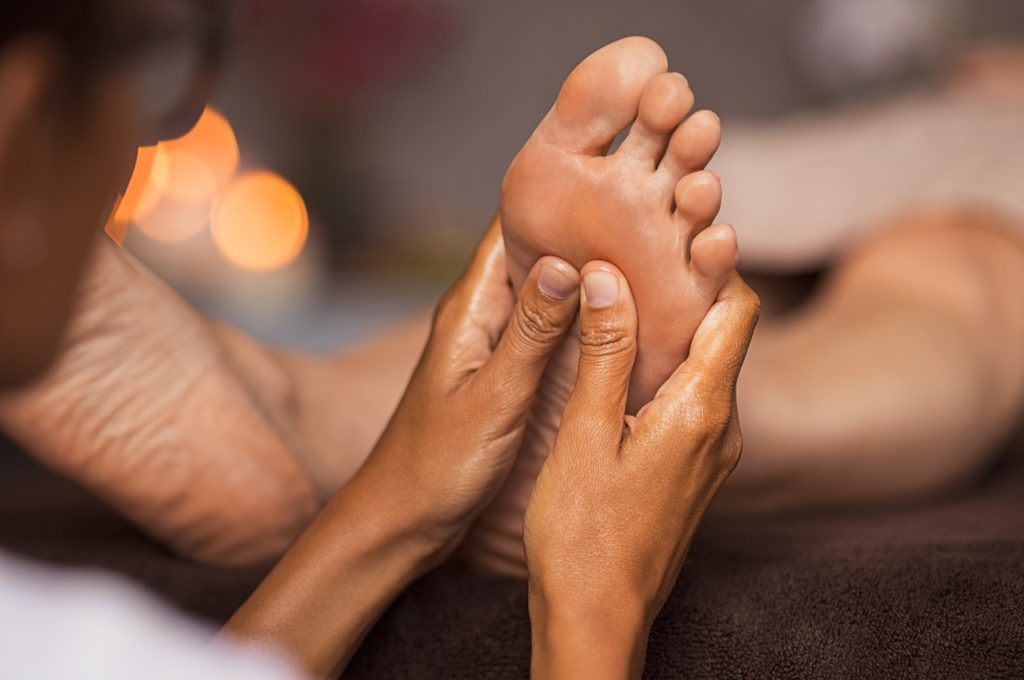
Final Thoughts
Understanding the role of Tuina in TCM reminds us that healing is not just about addressing illness but about cultivating long-term balance and vitality. Tuina provides us with practical, accessible, and deeply restorative methods to reconnect with our natural energy. To explore Tuina therapy and other TCM treatments guided by expert practitioners, we invite you to visit G&G TCM Clinic and discover tailored solutions that support your wellness journey. If you’d like to understand more about how Tuina can specifically support those living with ongoing discomfort, we recommend reading our article on How Tuina Helps with Chronic Pain.
FAQs Section
What is Tuina in Traditional Chinese Medicine?
Tuina is a form of therapeutic massage in TCM that uses acupressure, stretching, and rhythmic movements to improve the flow of Qi (energy), relieve pain, and restore balance in the body.
How is Tuina different from regular massage?
Unlike regular massage that focuses mainly on relaxation, Tuina works on meridian pathways and acupressure points. It not only relaxes muscles but also addresses underlying imbalances that affect overall health.
What conditions can Tuina help with?
Tuina is often used to treat back pain, joint stiffness, sports injuries, headaches, stress, digestive issues, and even sleep problems. It is considered a versatile therapy that supports both physical and emotional health.
Is Tuina safe for everyone?
Tuina is generally safe, but it may not be suitable for people with fractures, open wounds, severe osteoporosis, or certain medical conditions. Consulting a qualified TCM practitioner ensures the treatment is adapted safely to individual needs.
How often should we get Tuina therapy?
he frequency depends on your health goals. For chronic conditions, weekly sessions may be recommended. For general wellness and prevention, once or twice a month is often enough to maintain balance.


